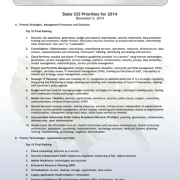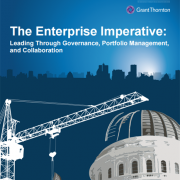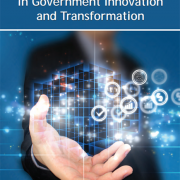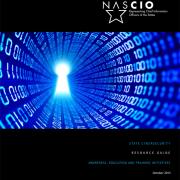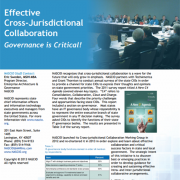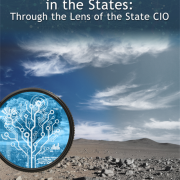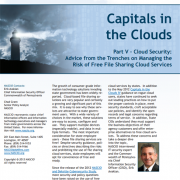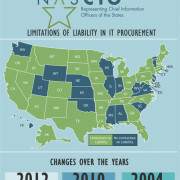The issue brief focuses on state use of social media, specifically on state social media participation policies (“SMPP’s”). NASCIO’s Legal Advisory Working Group took a look at 31 SMPPs, which focus specifically on guidance/policy given to state employees regarding their participation in social media.
States have come a long way in the past few years, with the majority implementing social media policies or working towards one. However, some of the gaps found have the potential to open up states to some severe heartburn: including employee discontent, management concerns, public perception and liability.
The issue brief also addresses the inclusion of clauses on confidentiality, ethical conduct, security and privacy, and transparency in SMPP’s.
Download

